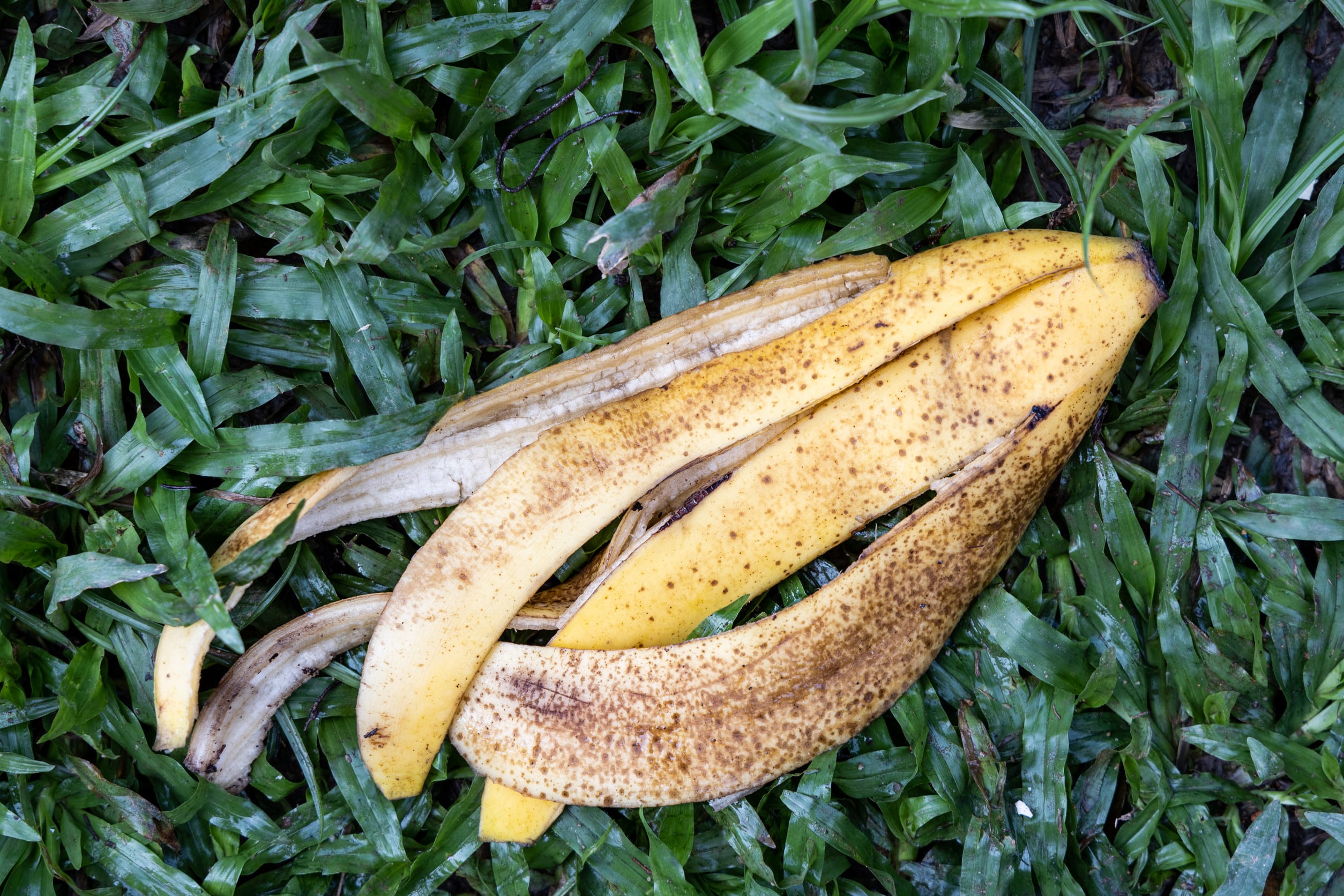Image Credit: stefanophotographer/123rf.com
A recent study by NASA and the Smithsonian Institution reveals that trees near volcanoes can provide crucial early warnings of impending eruptions. As magma rises underground, it releases carbon dioxide, which can cause nearby trees to appear greener—a phenomenon that can now be detected from space by satellites.
The study highlights how trees respond to increased carbon dioxide levels by enhancing their leaf health and vibrancy. This change in vegetation can be captured using satellite imagery, enabling scientists to monitor volcanic activity from a safe distance. The research was conducted near Mount Etna in Sicily, where satellites from NASA and the European Space Agency analyzed vegetation changes linked to volcanic gases.
Volcanologist Nicole Guinn, who led the satellite analysis, noted that this research represents the first significant connection between tree greenness and carbon dioxide emissions from magma. The ability to detect these changes is particularly valuable for monitoring the roughly 1,350 active volcanoes worldwide, many of which are located in remote or hazardous areas.
While satellite data offers a promising new tool, it is not without limitations. Factors such as forest fires, droughts, and tree diseases can influence tree health, complicating the interpretation of satellite signals. Additionally, not all volcanoes are situated in forested regions where this method would be effective.
Despite these challenges, the potential for improved early warning systems is significant. For instance, enhanced monitoring methods contributed to the successful evacuation of over 56,000 people from the Mayon volcano in the Philippines in December 2017, allowing for safe relocation ahead of an eruption.
Scientists emphasize that while monitoring tree reactions to volcanic gases will not serve as a standalone predictor of eruptions, it could become a valuable addition to existing techniques such as seismic monitoring and ground deformation analysis. This multidisciplinary approach may ultimately enhance the accuracy and timeliness of volcanic eruption warnings, potentially saving lives in vulnerable communities.
Check out the original article here: Source link



